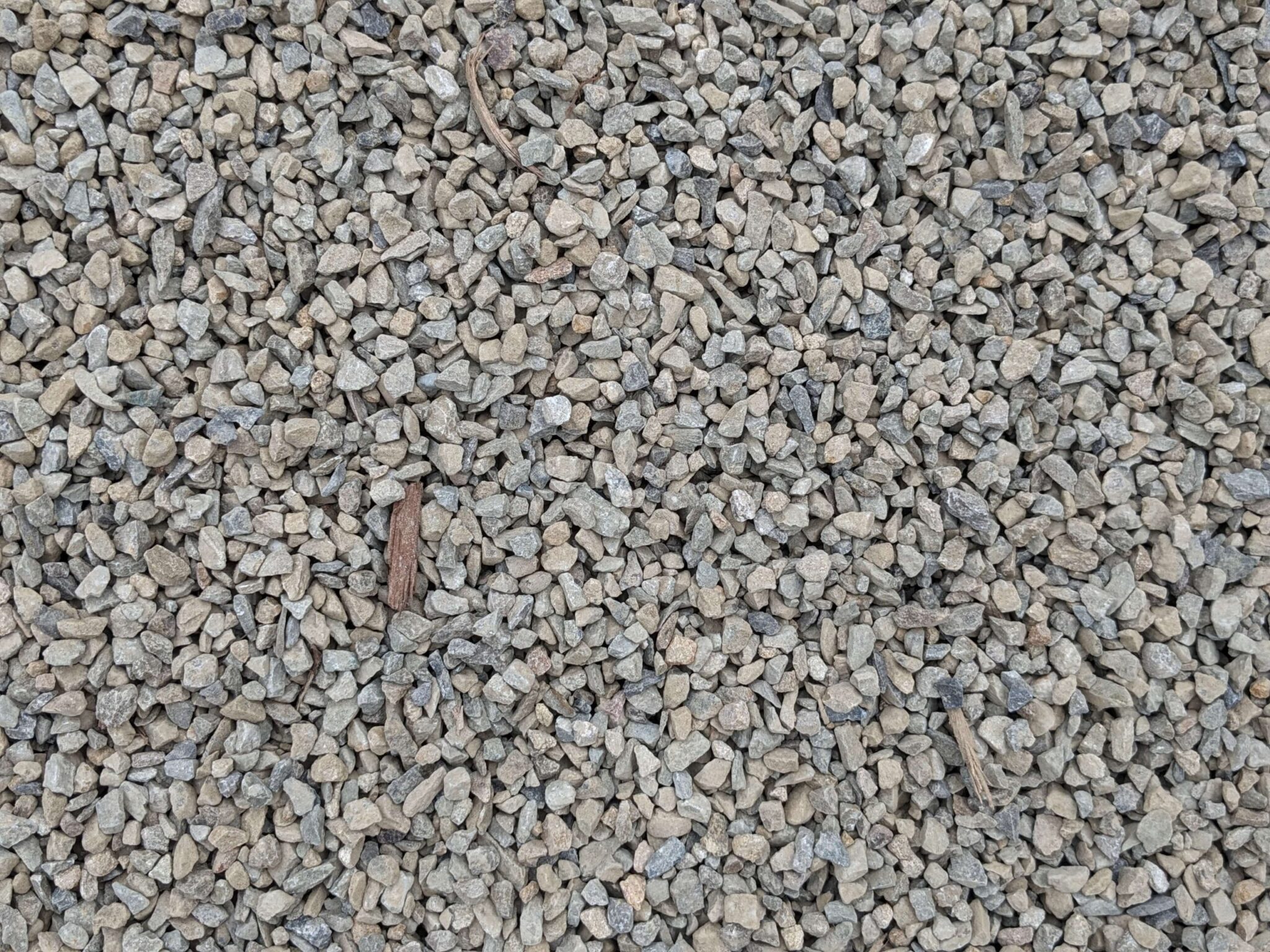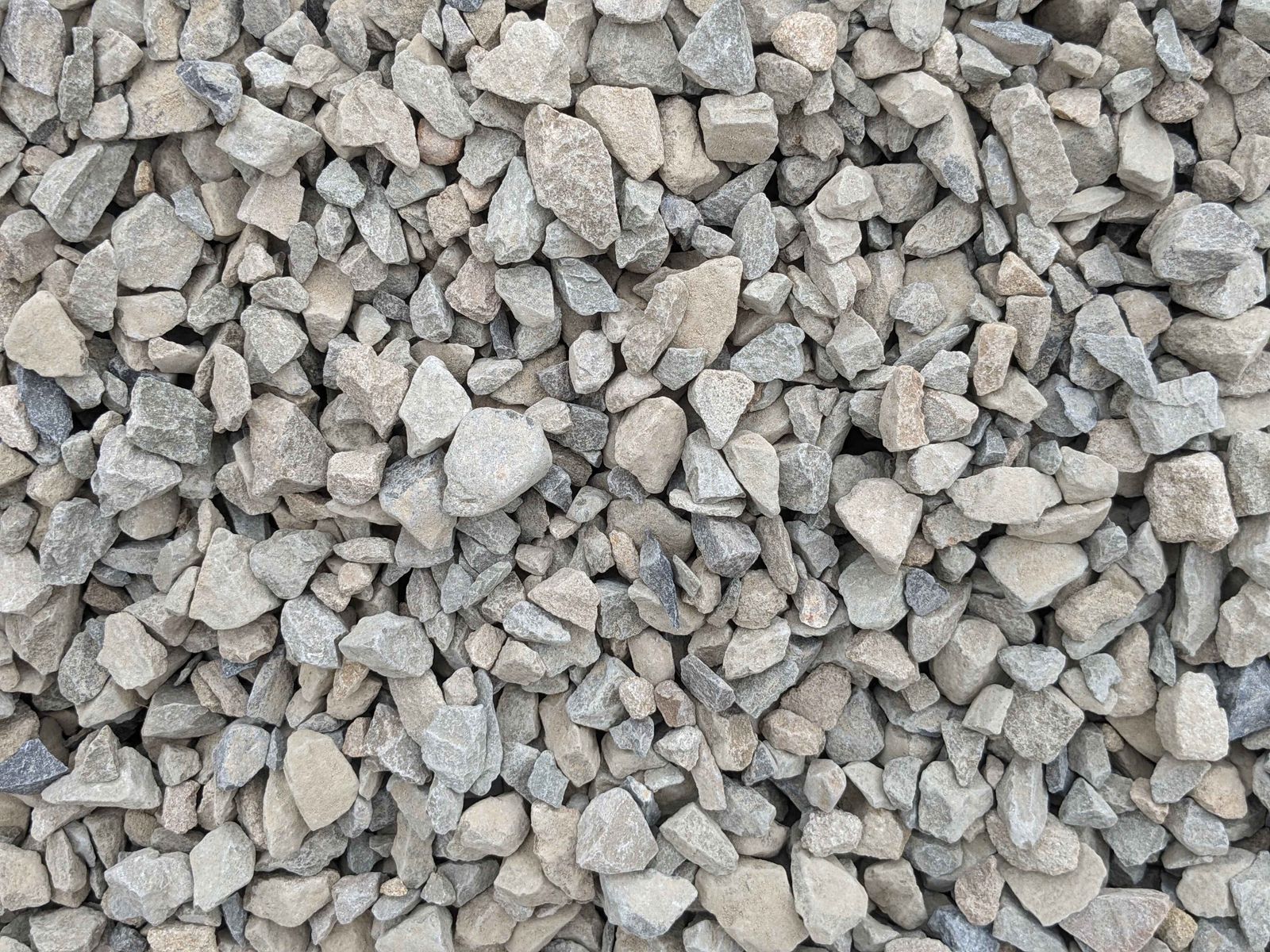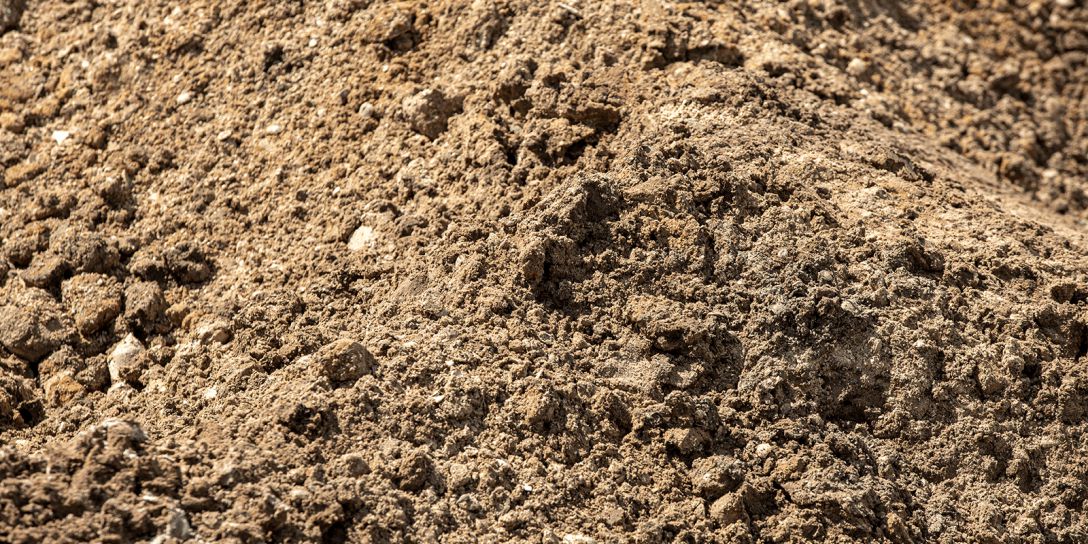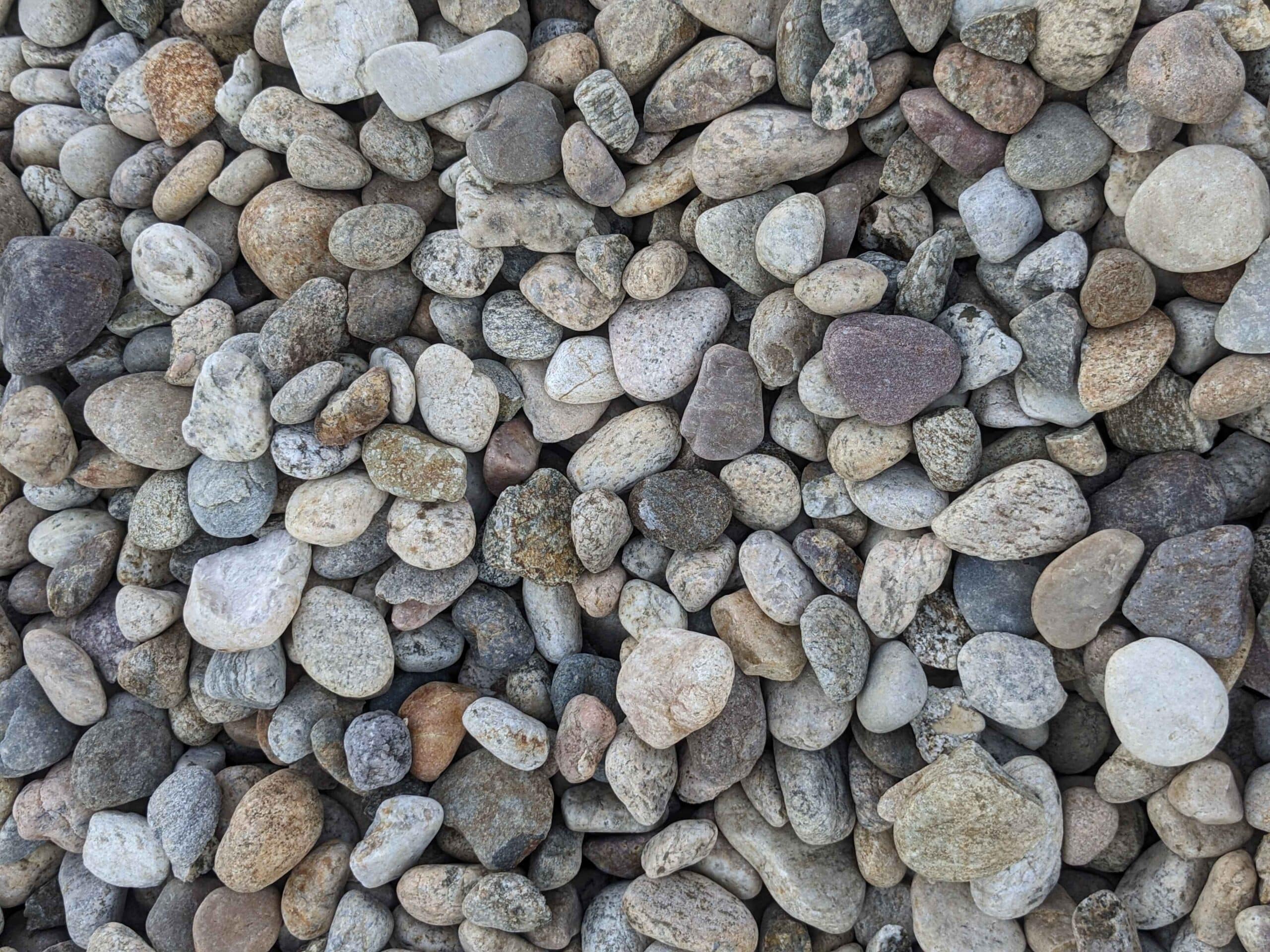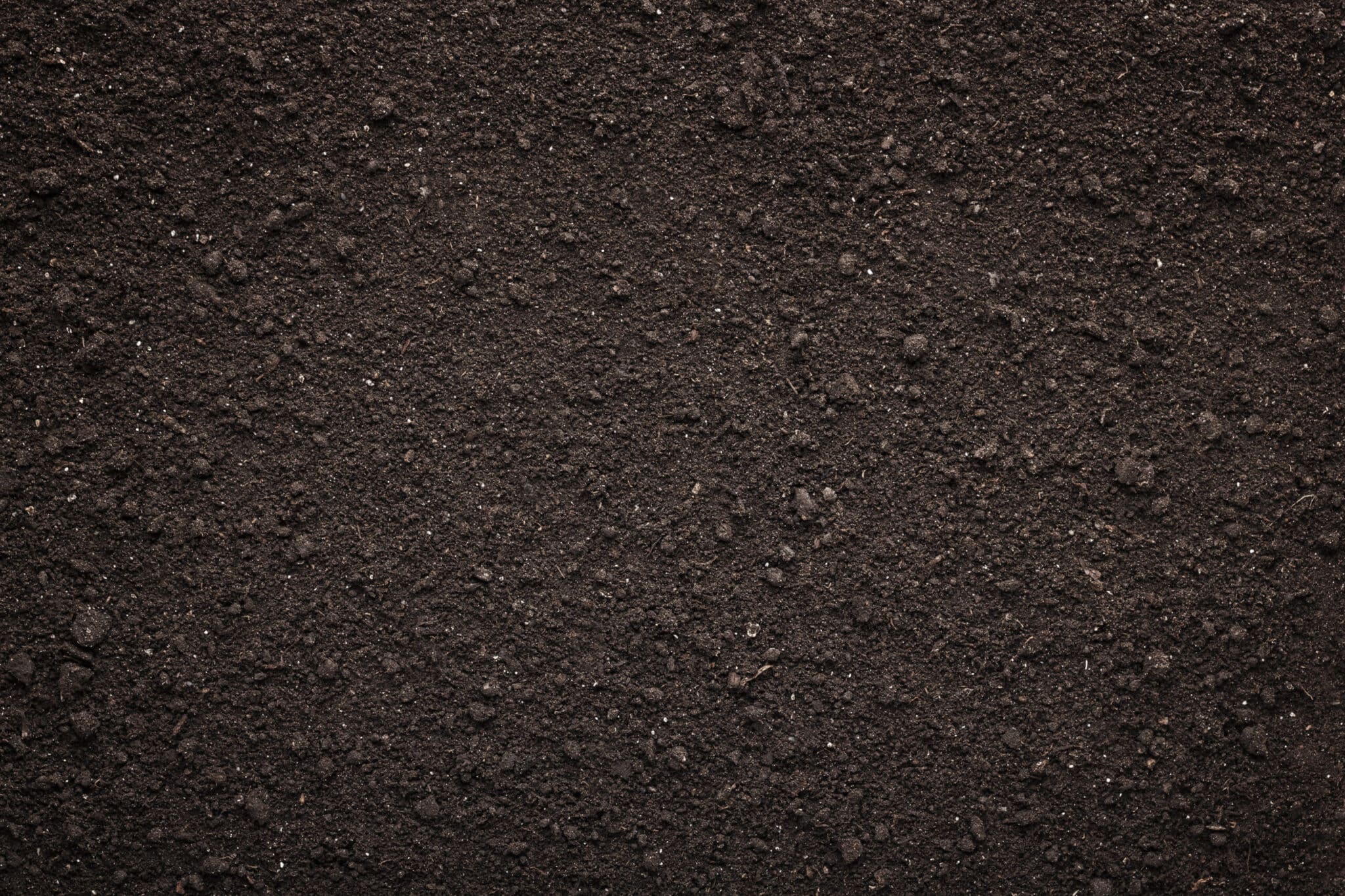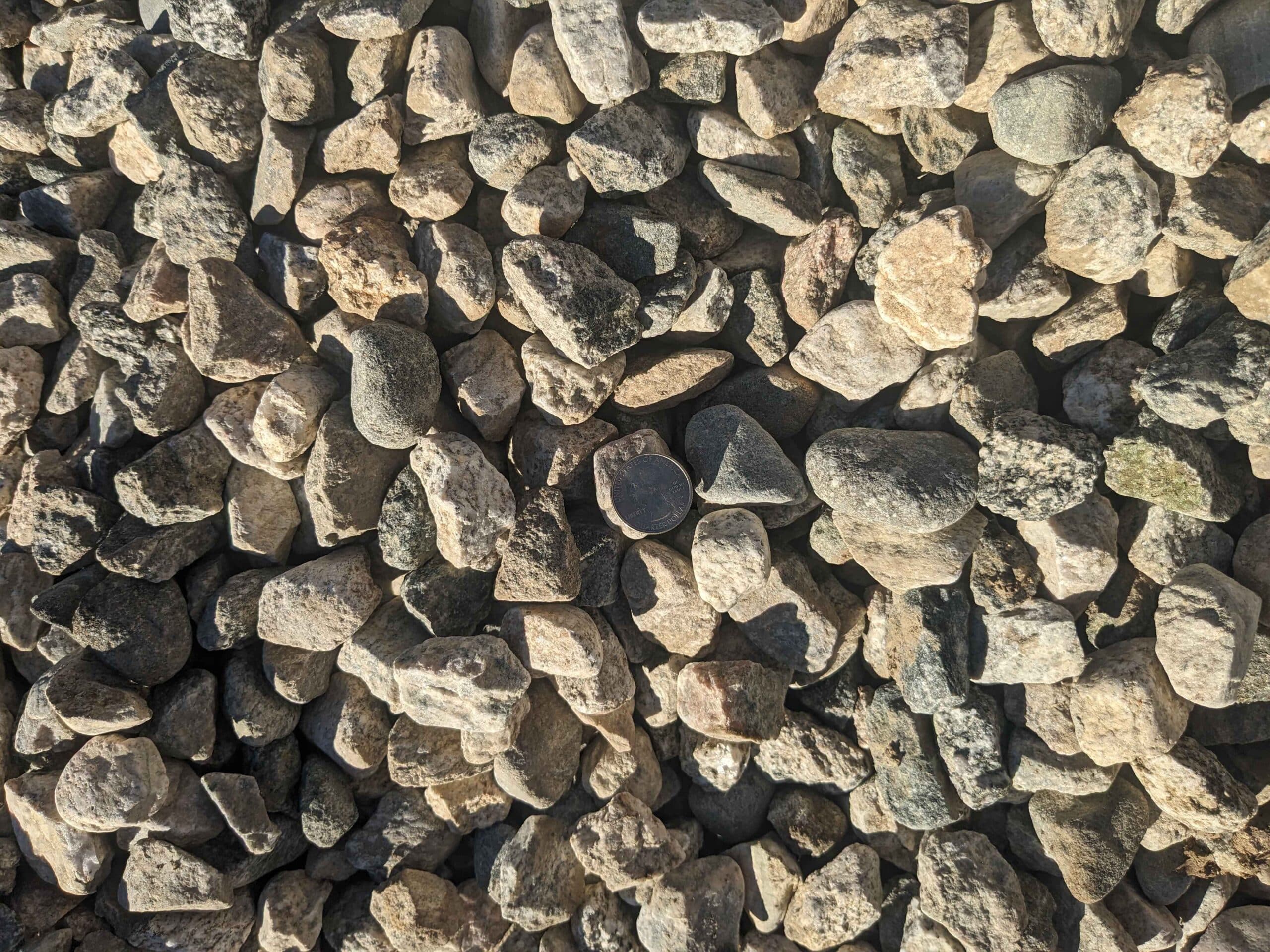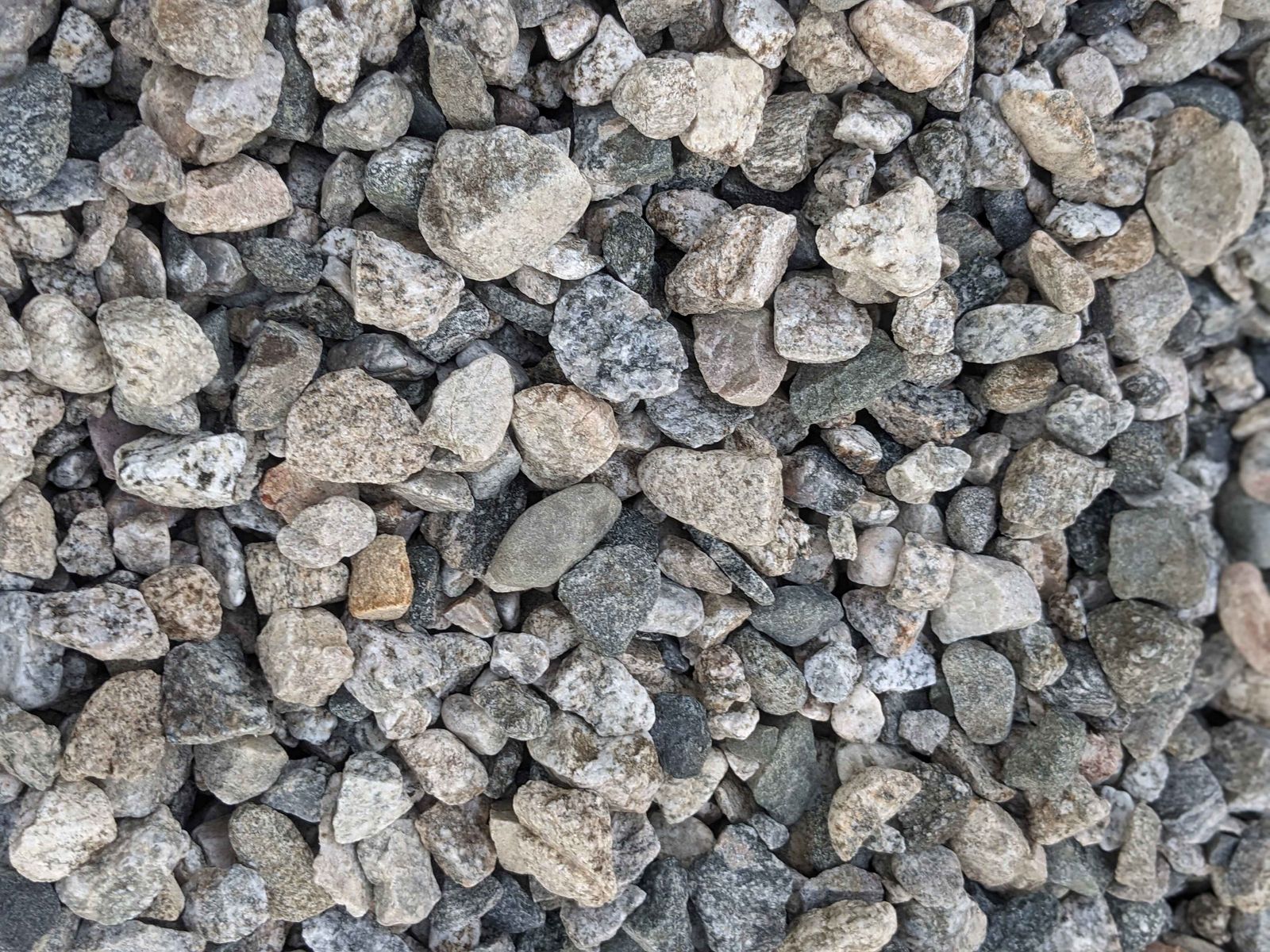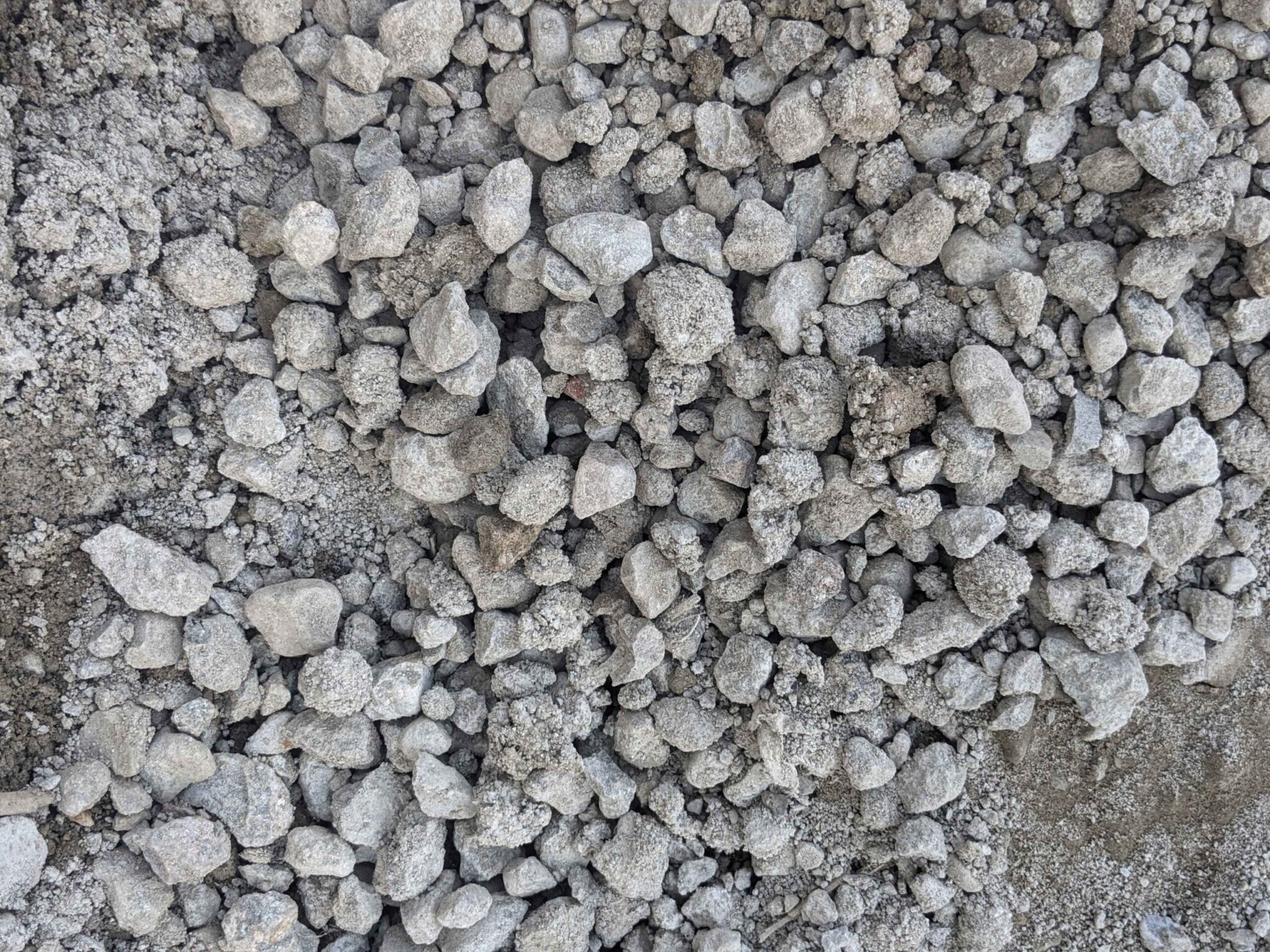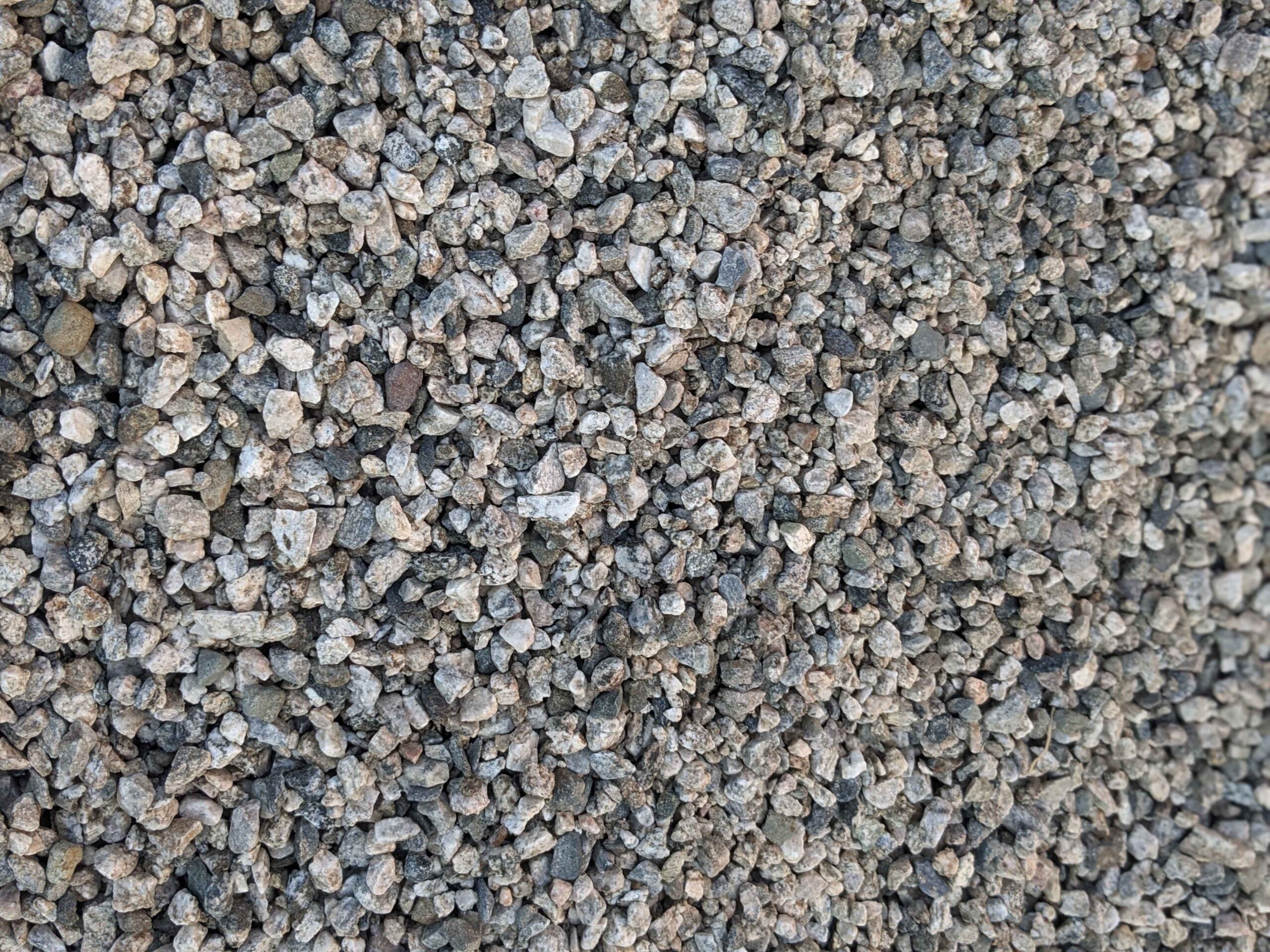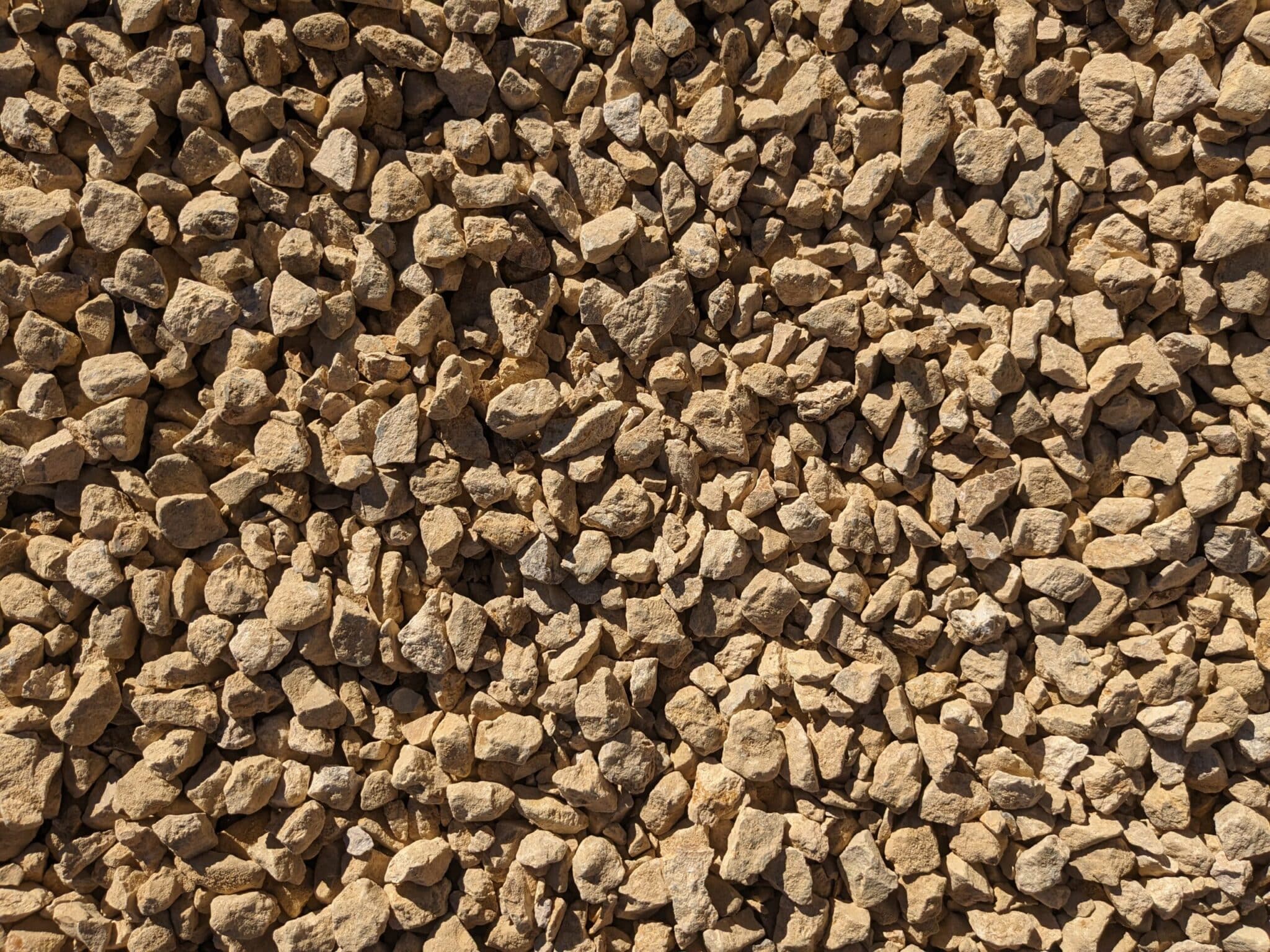Driveways are an essential part of our homes, providing a convenient and practical area for parking vehicles. When it comes to constructing or renovating a driveway, one crucial aspect to consider is the size of the rocks used. Choosing the right size rock can significantly impact the durability, aesthetics, and functionality of your driveway. In this comprehensive guide, we will explore the importance of selecting the appropriate rock size, discuss common driveway rock sizes, examine factors to consider when making this decision, delve into the pros and cons of different rock sizes, and outline the installation process for each size.
Understanding Driveway Rock Sizes
Before diving deeper into the subject, it’s important to have a clear understanding of the different sizes available. Driveway rocks are typically categorized into three main sizes: small, medium, and large. Each size has its own unique characteristics that can affect the overall performance of your driveway.
The Importance of Choosing the Right Size
Choosing the right size rock for your driveway is crucial for several reasons. Firstly, the size of the rock impacts the stability and strength of the driveway surface. A well-chosen rock size can provide a solid foundation, ensuring that your driveway can withstand the weight of vehicles without cracking or sinking. On the other hand, using a rock size that is too small may result in an unstable surface that is prone to shifting and displacement.
Secondly, the size of the rock affects the drainage system of your driveway. Proper drainage is essential to prevent water from pooling on the surface, as this can lead to erosion and damage over time. By choosing the right rock size, you can ensure that rainwater and other forms of moisture can flow freely through the gaps between the rocks, preventing any potential water-related issues.
Lastly, the size of the rock can contribute to the overall aesthetic appeal of your driveway. The right rock size can enhance the curb appeal of your home, creating an inviting and visually pleasing entrance. Whether you prefer a finely textured driveway with small-sized rocks or a more rugged look with larger rocks, selecting the appropriate size can greatly impact the overall appearance of your property.
Common Driveway Rock Sizes
Driveway rocks are available in various sizes, each with its own benefits and considerations. Let’s take a closer look at the three most commonly used sizes:
Small Sized Rocks
Small-sized rocks, typically around 3/8 of an inch in diameter, are often used for finely textured driveways. These rocks provide a compact and smooth surface, making them ideal for areas with light foot traffic. In addition to their functional benefits, small-sized rocks are popular for decorative purposes as they can add a charming touch to the overall appearance of the driveway. Their small size allows for intricate patterns and designs, creating a visually appealing entrance to your home. However, it’s important to note that these rocks may not be suited for heavy vehicles or areas with excessive rainfall, as they can be easily displaced.
Medium Sized Rocks
Medium-sized rocks, ranging from 3/8 to 3/4 of an inch in diameter, strike a balance between stability and aesthetics. These rocks are versatile and suitable for most driveways, offering good drainage capabilities and durability. With their moderate size, medium-sized rocks can withstand moderate vehicle traffic, making them an excellent choice for residential driveways. Additionally, they are more resistant to displacement compared to smaller sizes, providing a sturdy and reliable surface. The medium-sized rocks also offer a pleasing visual appeal, creating a harmonious blend between functionality and aesthetics.
Large Sized Rocks
Large-sized rocks, typically around 1 to 2 inches in diameter, are commonly used for driveways that endure heavy vehicle traffic. These rocks offer exceptional stability and durability, making them suitable for commercial or high-traffic areas. Due to their larger size, they can withstand the weight and impact of heavy vehicles without shifting or cracking. Additionally, large-sized rocks provide excellent drainage, allowing water to flow freely through the gaps between the rocks. This feature is particularly important in areas with heavy rainfall or areas prone to flooding. However, it’s important to consider the aesthetic aspect, as larger rocks may not be as visually appealing as smaller sizes. They are better suited for functional purposes rather than enhancing the overall aesthetics of the driveway.
Factors to Consider When Choosing Driveway Rock Size
When determining the ideal rock size for your driveway, several factors should be taken into account:
Driveway Size and Shape
The size and shape of your driveway play a significant role in determining the appropriate rock size. A larger driveway may require larger rocks to ensure stability, while a smaller driveway may benefit from smaller rocks for a smoother surface.
For instance, if you have a wide and expansive driveway that can accommodate multiple vehicles, opting for larger rocks can provide better support and prevent the rocks from shifting under the weight of heavy vehicles. On the other hand, if you have a narrow driveway, smaller rocks can create a more even and compact surface, making it easier to navigate.
Climate and Weather Conditions
The climate and weather conditions in your area also impact the choice of rock size. Areas with heavy rainfall require rocks with good drainage capabilities to prevent water from accumulating on the surface.
Choosing rocks with adequate drainage properties is crucial to avoid the formation of puddles and the erosion of the driveway. Smaller rocks with gaps between them can facilitate water flow, preventing water from pooling and causing damage to the driveway over time.
In regions with harsh winters, larger rocks can withstand the freeze-thaw cycle without being displaced. The expansion and contraction of water during freezing and thawing can exert significant pressure on the rocks. Opting for larger rocks can help maintain the integrity of the driveway during these extreme weather conditions.
Maintenance and Durability
Consider your willingness and ability to maintain your driveway when choosing the rock size. Smaller rocks may require more regular maintenance to ensure they remain in place.
While smaller rocks can provide a smooth and aesthetically pleasing surface, they may be more prone to displacement due to vehicle traffic or heavy rain. Regularly checking and repositioning smaller rocks may be necessary to maintain the desired appearance and functionality of the driveway.
On the other hand, larger rocks offer greater durability and require less upkeep. Once properly positioned, they are less likely to shift or move, reducing the need for frequent maintenance. This can be particularly advantageous for those who prefer a low-maintenance driveway solution.
Furthermore, larger rocks can withstand the impact of heavy vehicles without breaking or deteriorating. This durability ensures that your driveway remains intact even under the stress of regular use.
Pros and Cons of Different Rock Sizes
When it comes to choosing the right rock size for your landscaping or construction project, it’s important to consider the pros and cons of each option. Let’s take a closer look at the advantages and disadvantages of small, medium, and large-sized rocks:
Small Sized Rocks
Small-sized rocks have their own unique benefits and drawbacks. Here are some key points to consider:
Pros:
- Smooth and visually appealing surface: Small rocks can add a touch of elegance and charm to any outdoor space. Their smooth surface creates a polished look that can enhance the overall aesthetic appeal of your landscaping.
- Ideal for decorative purposes: Due to their smaller size, these rocks are perfect for decorative purposes such as creating borders, pathways, or filling in garden beds. They can add texture and visual interest to your outdoor areas.
Cons:
- Can easily be displaced by heavy vehicles: One of the downsides of small rocks is their susceptibility to displacement. If you have heavy vehicles or machinery regularly passing over them, there is a risk of the rocks being moved or scattered, requiring frequent repositioning.
- May not provide sufficient drainage: Another consideration is that small rocks may not offer adequate drainage capabilities. If you live in an area with heavy rainfall or have poor soil drainage, this could be a potential drawback.
Medium Sized Rocks
Medium-sized rocks strike a balance between stability and aesthetics. Here’s what you need to know:
Pros:
- Offers a balance between stability and aesthetics: Medium-sized rocks provide a pleasing visual appeal while still offering a level of stability. They can be used for various landscaping purposes, including creating focal points or defining specific areas.
- Provides good drainage capabilities: Compared to small rocks, medium-sized rocks generally offer better drainage capabilities. They allow water to flow through more easily, preventing waterlogging and potential damage to your landscaping.
Cons:
- Not suitable for heavy commercial traffic: While medium-sized rocks are durable, they may not be able to withstand heavy commercial traffic. If you have a driveway or pathway that will be regularly used by large trucks or machinery, you may need to consider larger-sized rocks for added stability.
Large Sized Rocks
Large-sized rocks have their own set of advantages and disadvantages. Here’s what you should know:
Pros:
- Exceptional stability and durability: Large rocks offer exceptional stability and durability, making them ideal for areas that require heavy-duty support. They can withstand the weight and pressure of vehicles and machinery without being displaced.
- Excellent drainage capabilities: Like medium-sized rocks, large rocks also provide excellent drainage capabilities. Their size allows water to flow freely, preventing water buildup and potential damage to your landscaping.
Cons:
- May not enhance the visual appeal of the driveway: While large rocks offer stability, they may not be as visually appealing as smaller or medium-sized rocks. If aesthetics are a priority, you may need to explore other options or consider incorporating smaller rocks alongside the larger ones.
- Not as suitable for smaller residential driveways: Large rocks may not be the best choice for smaller residential driveways due to their size. They can create an imposing and overwhelming appearance in smaller spaces, making them less suitable for certain landscaping designs.
As you can see, each rock size has its own set of pros and cons. Consider your specific needs, the intended purpose, and the overall design of your landscaping or construction project before making a decision. By carefully weighing these factors, you can choose the rock size that best meets your requirements and enhances the beauty and functionality of your outdoor space.
Installation Process for Different Sized Rocks
The installation process may vary depending on the size of the rocks chosen. Here’s a general outline:
Preparing the Driveway
Prior to installing the rocks, it’s essential to prepare the driveway surface. This involves removing any existing vegetation, grading the area, and ensuring proper drainage.
Laying the Rocks
When laying the rocks, begin with a layer of larger-sized rocks as a base to provide stability. Follow this with a layer of medium-sized rocks or small-sized rocks, depending on your chosen size, to create the desired surface texture.
Finishing Touches
After the rocks are in place, compact them using a roller or tamper to ensure a level and sturdy surface. Finally, sweep any excess rocks and debris from the driveway to achieve a clean and polished look.
In conclusion, selecting the right size rock for your driveway is crucial for its durability, functionality, and aesthetic appeal. Consider the pros and cons of different rock sizes, taking into account factors such as driveway size, climate conditions, and maintenance preferences. With proper planning and installation, you can create a beautiful and long-lasting driveway that enhances the overall value of your home.
Find Your Perfect Driveway Aggregate with Bulk Aggregate Supply
Ready to enhance your driveway with the ideal rock size? Look no further than Bulk Aggregate Supply. Our premium selection of high-quality gravel, rock, sand, and more ensures that you’ll find exactly what you need for any project size, from a simple home driveway to extensive civil construction work. Experience our white-glove service and let us handle the heavy lifting. Simply check out our products, request a quote, or place your order online, and we’ll deliver right to your doorstep. With Bulk Aggregate Supply, achieving a beautiful and durable driveway has never been easier.


